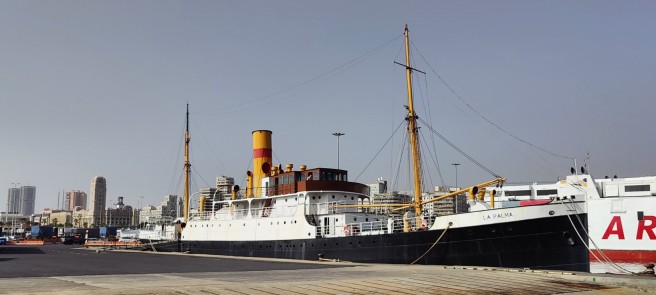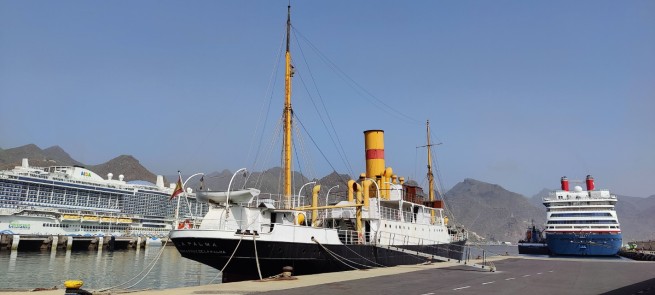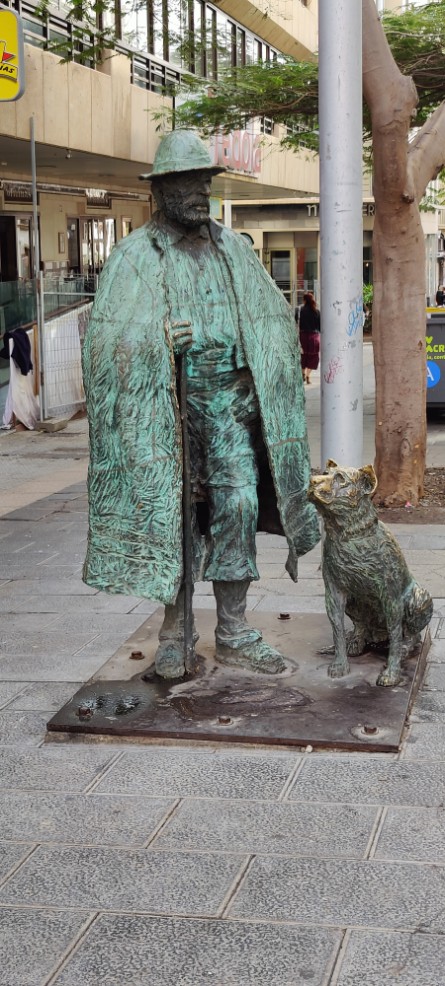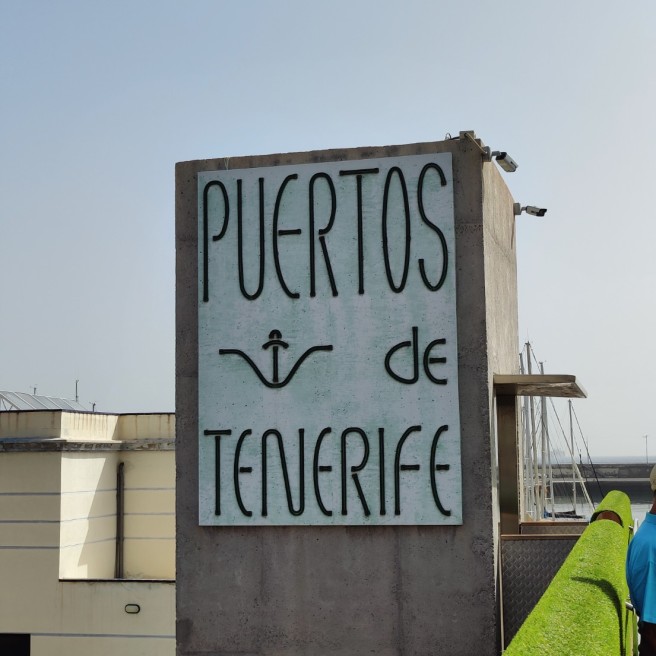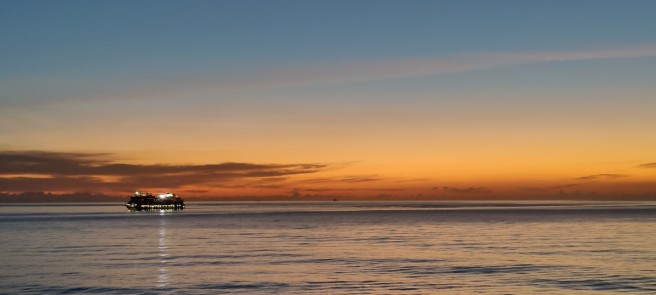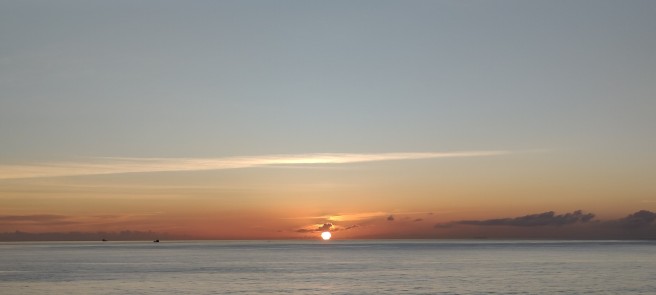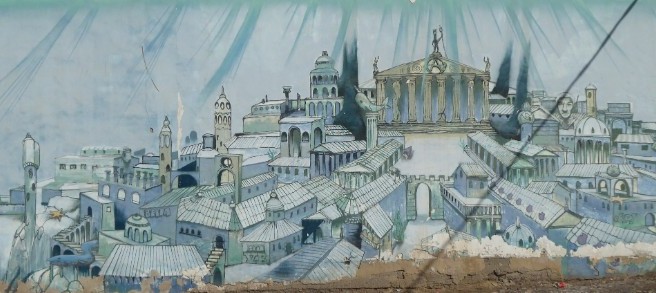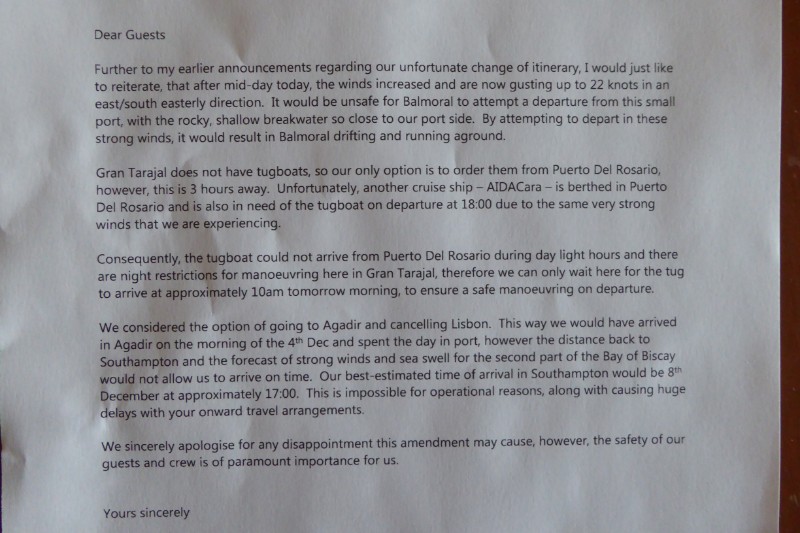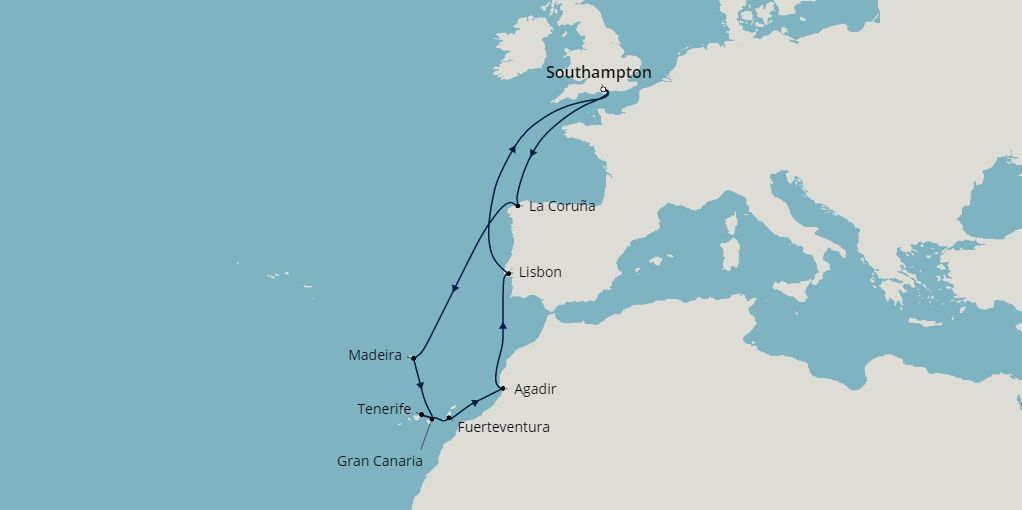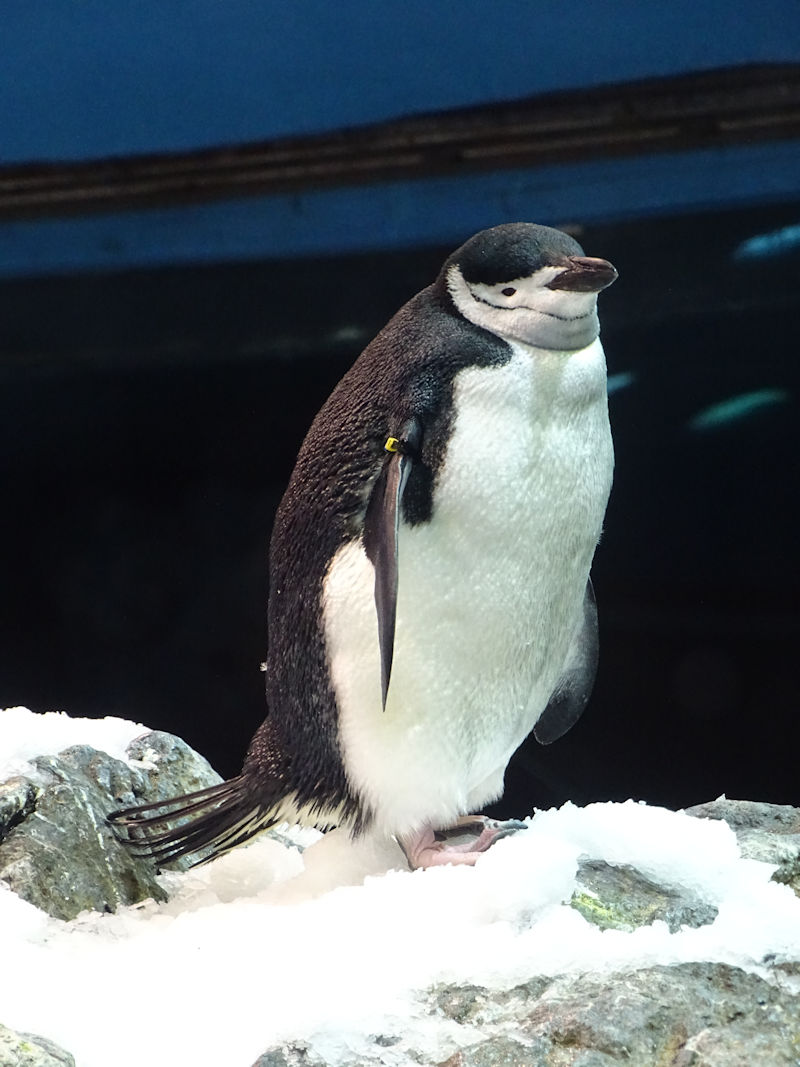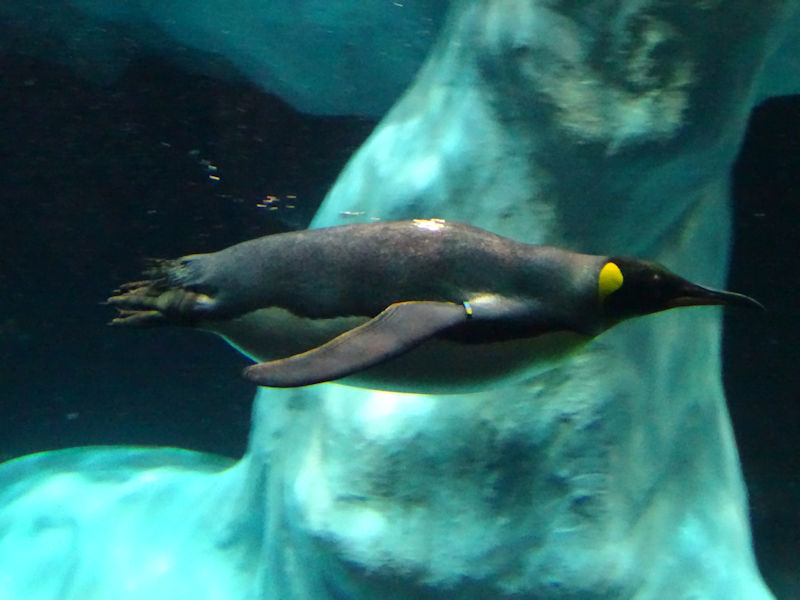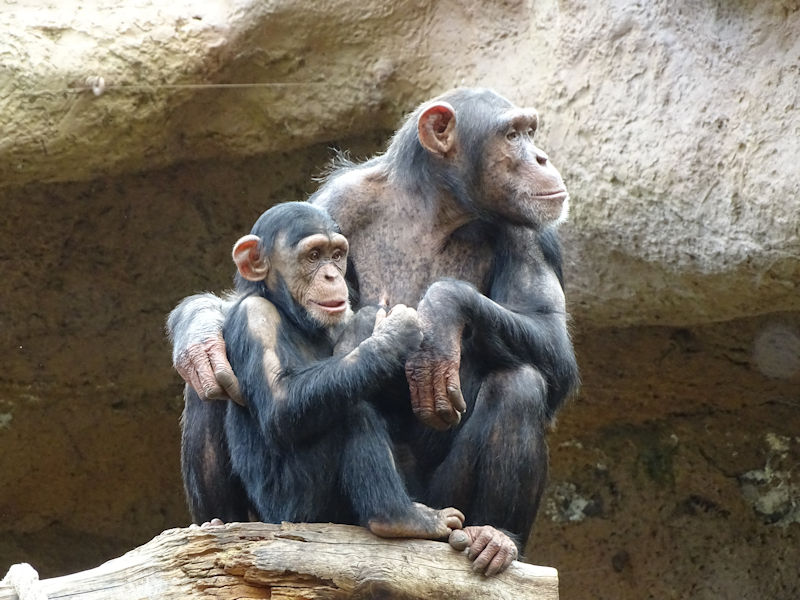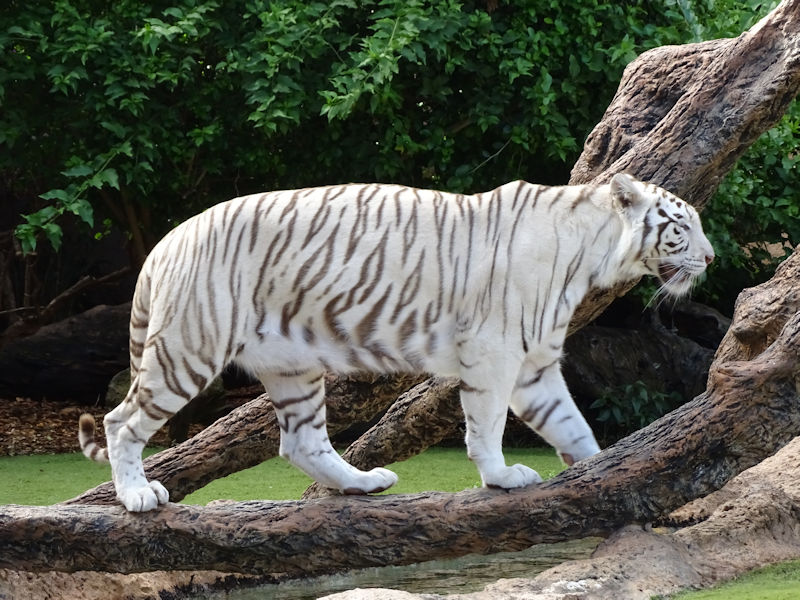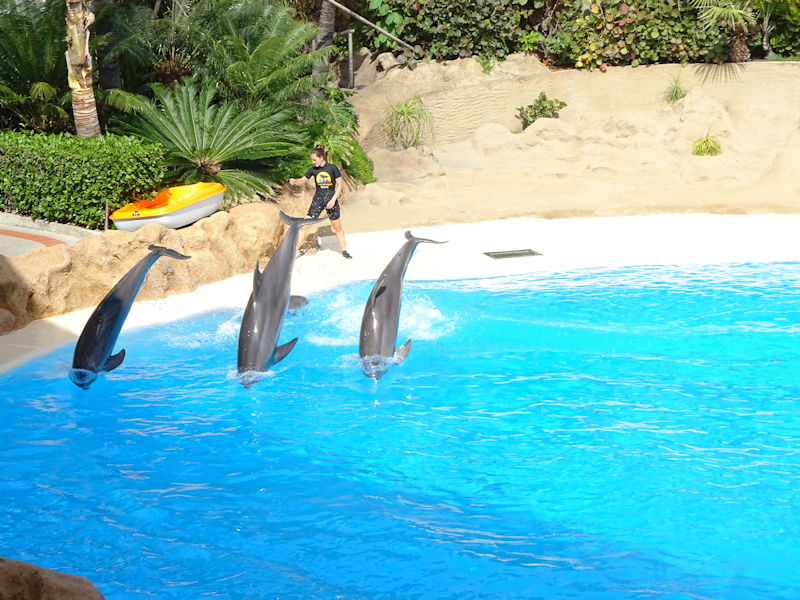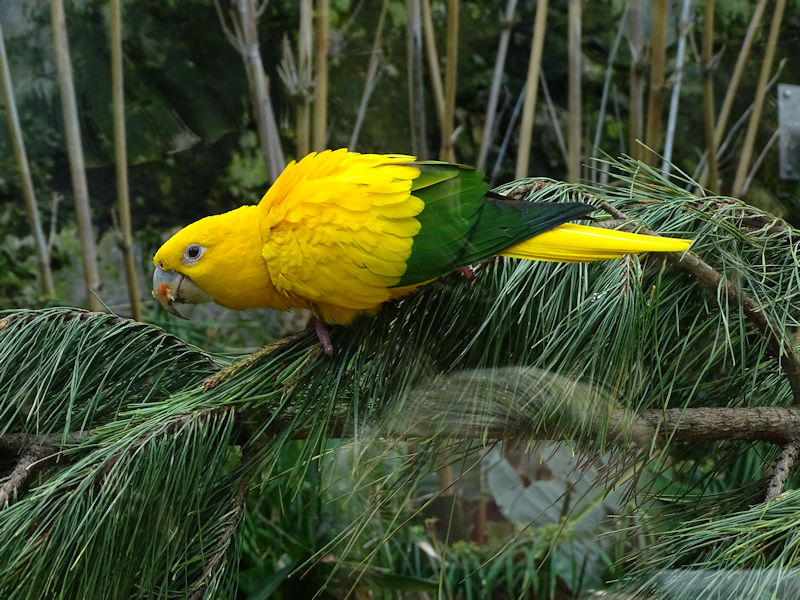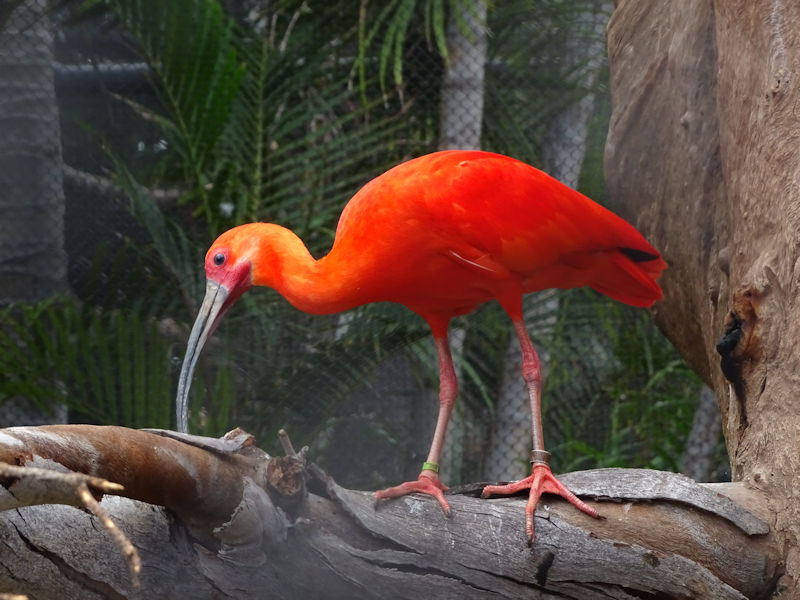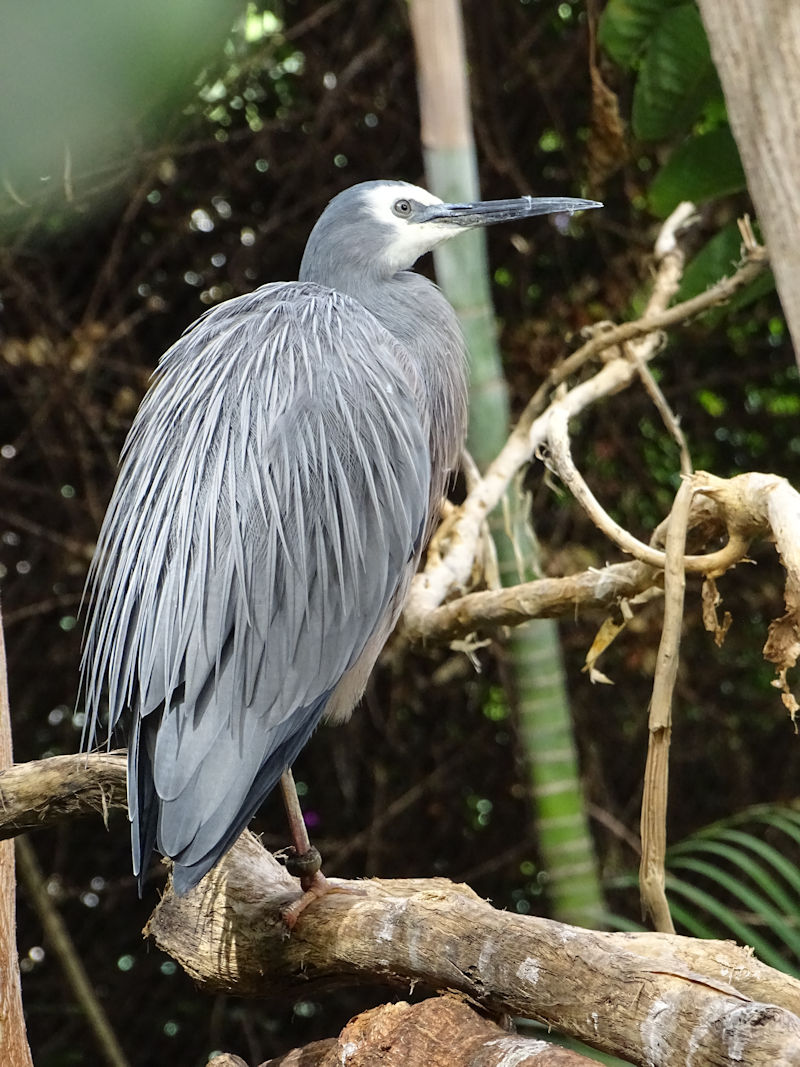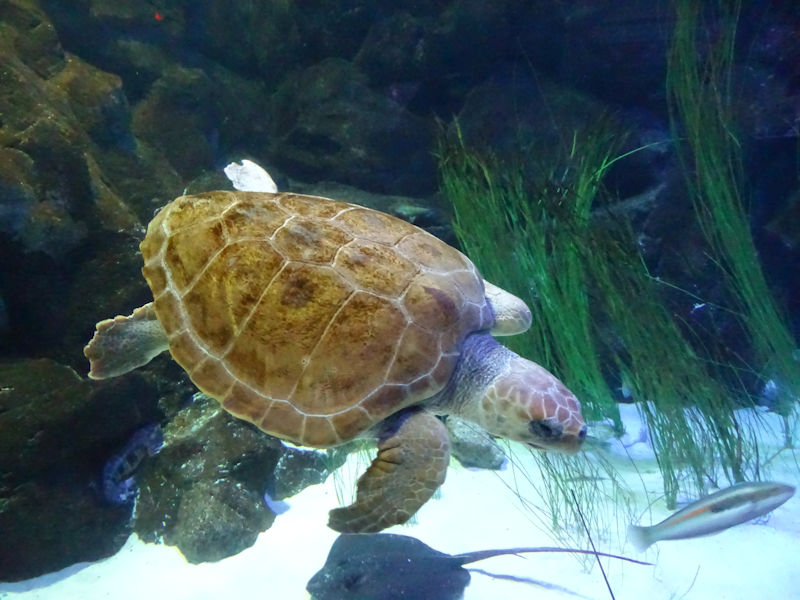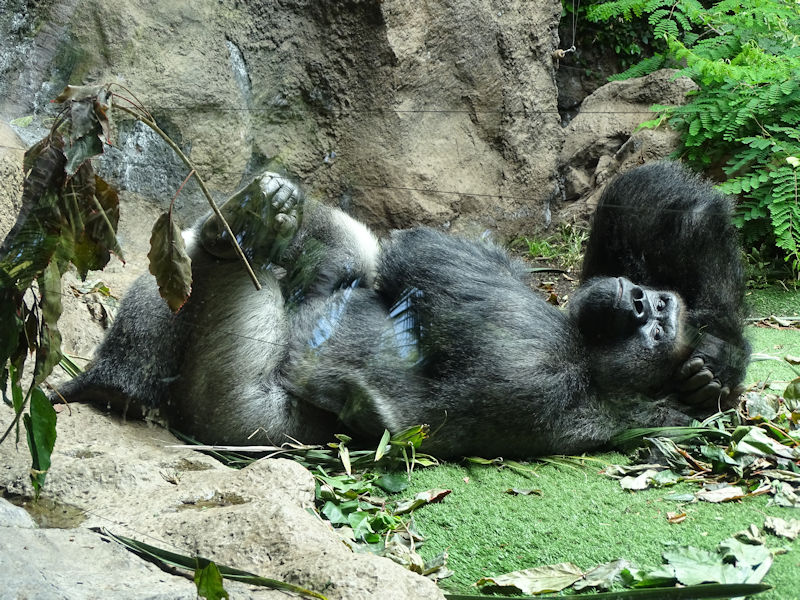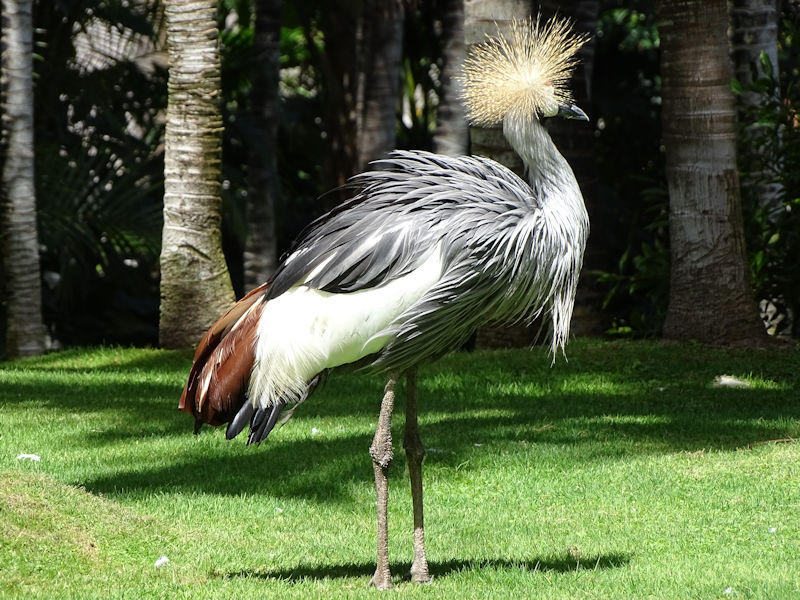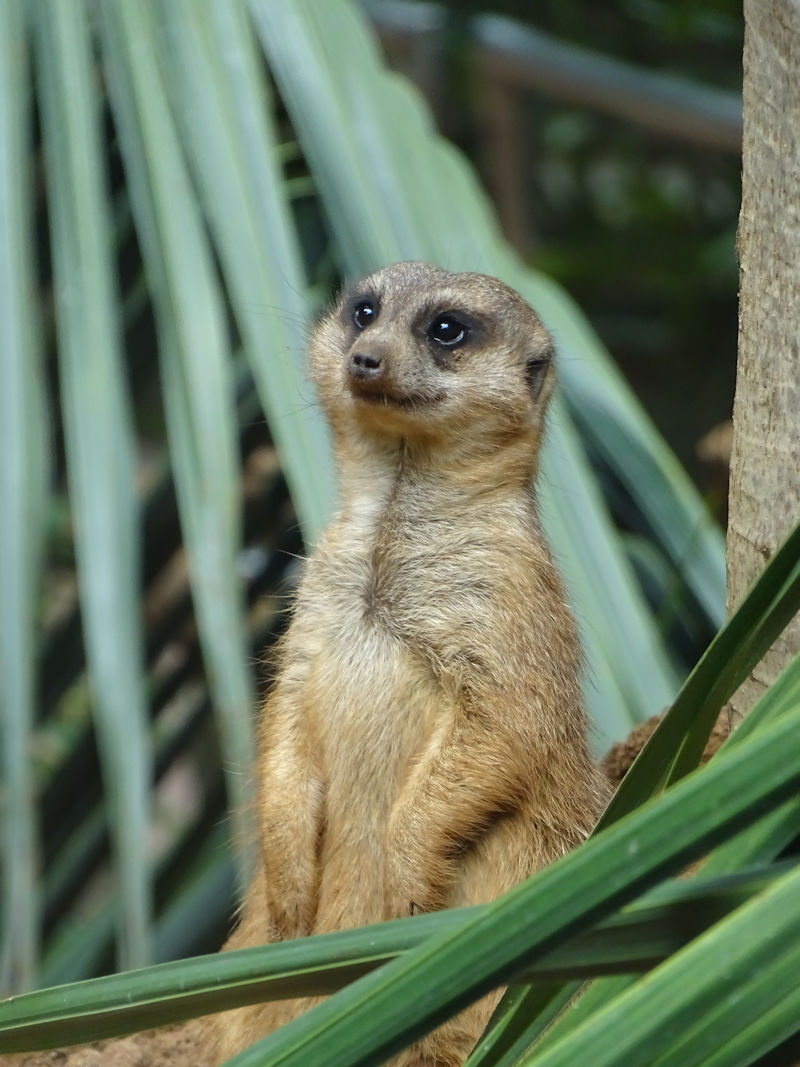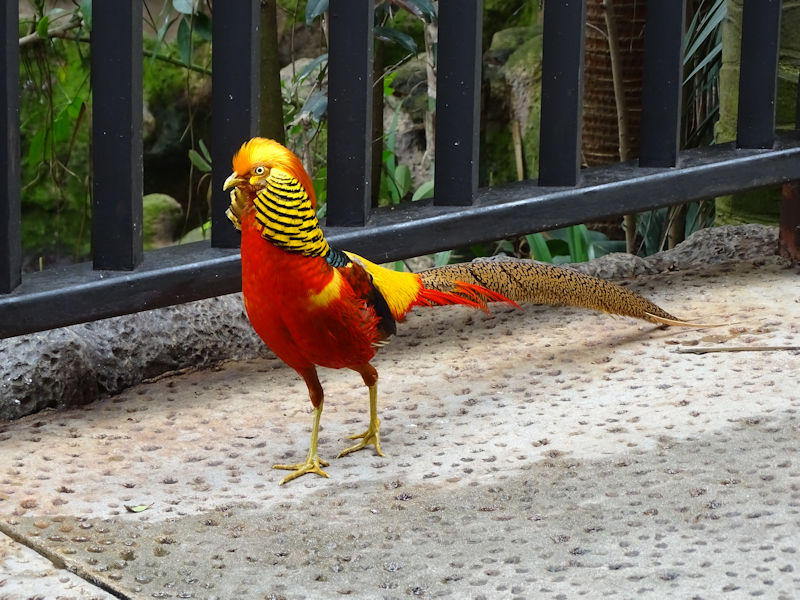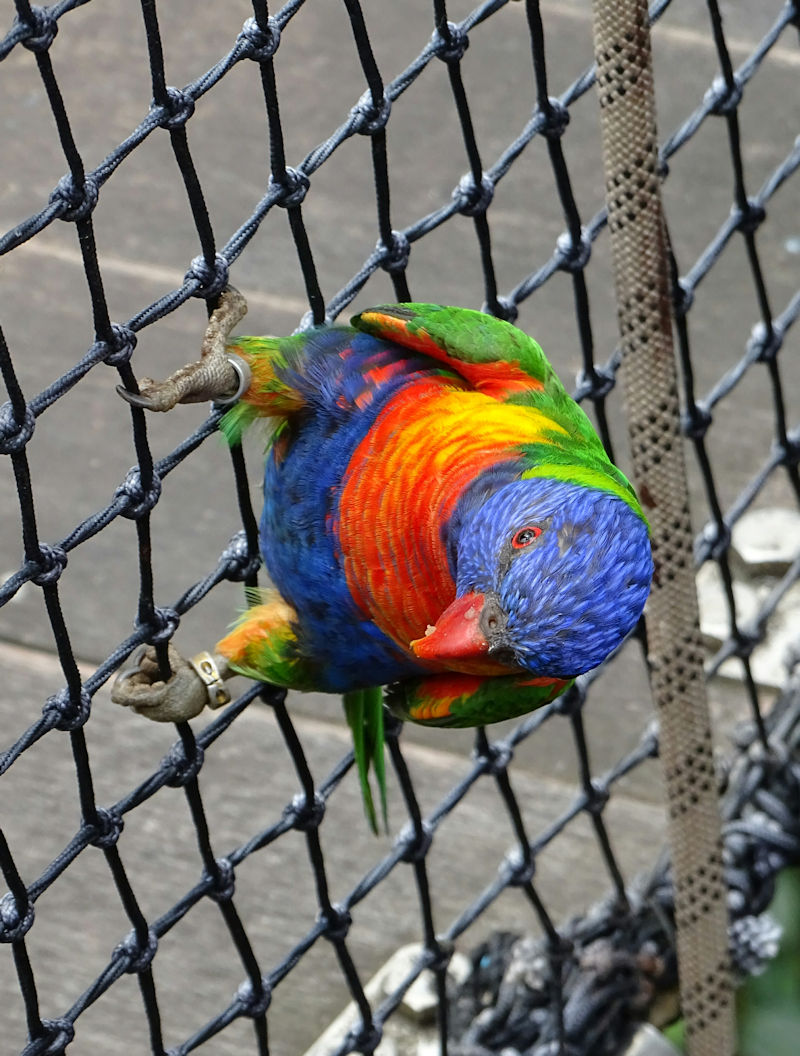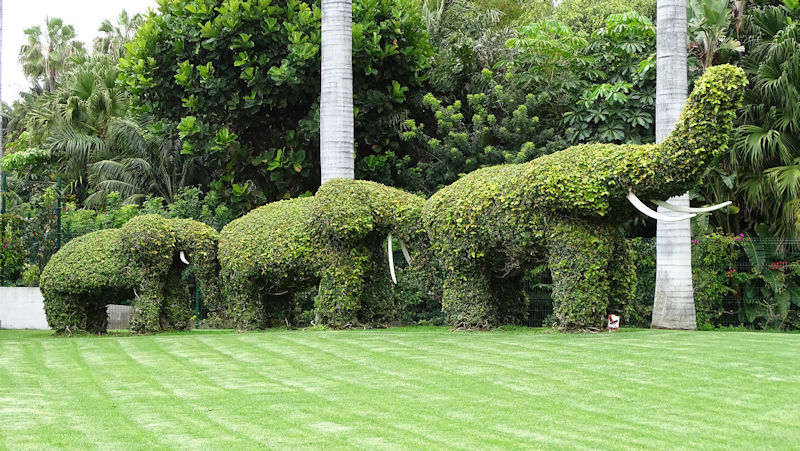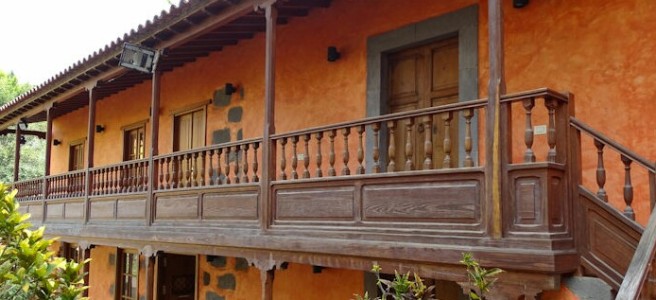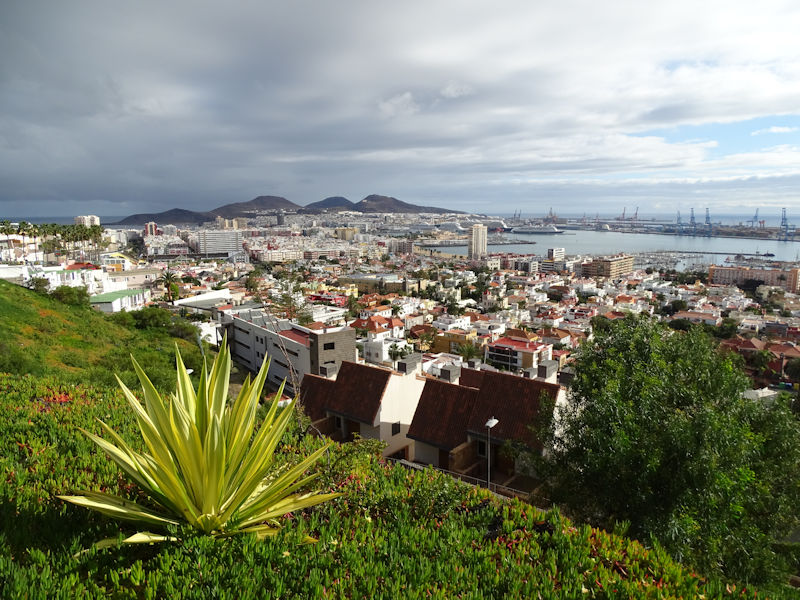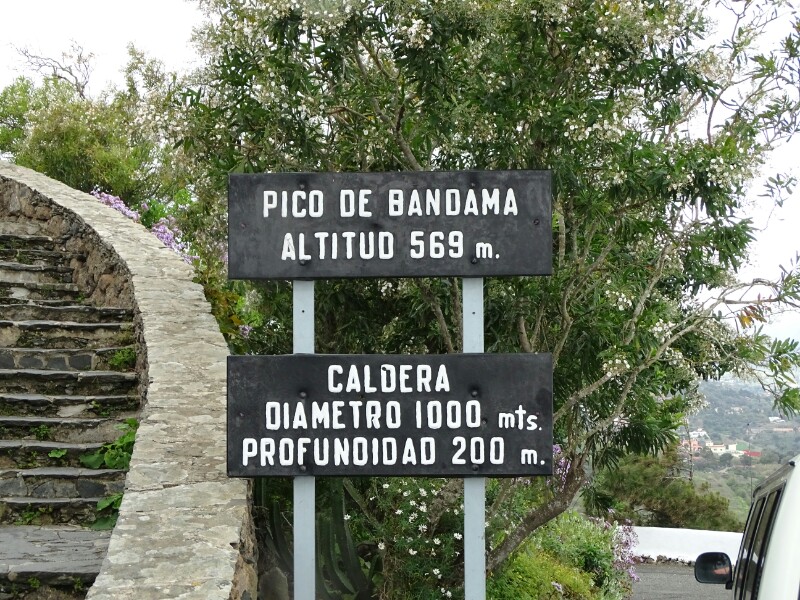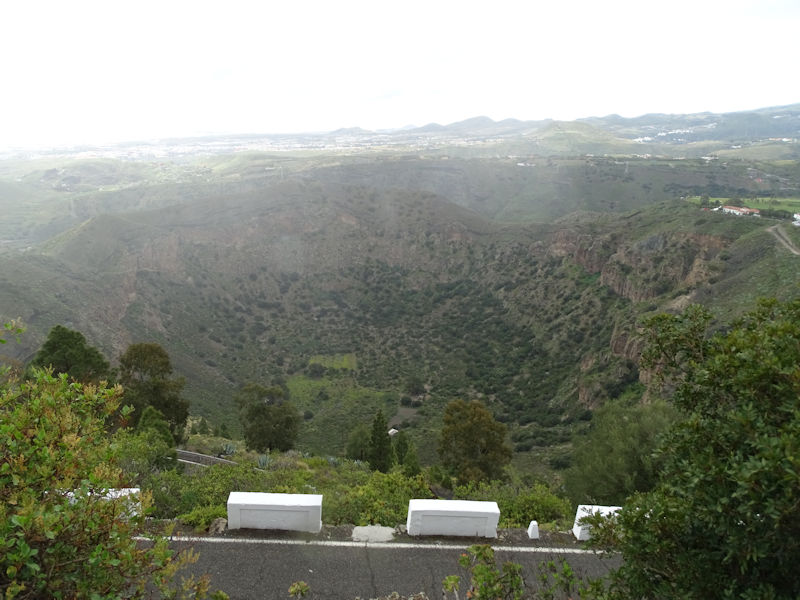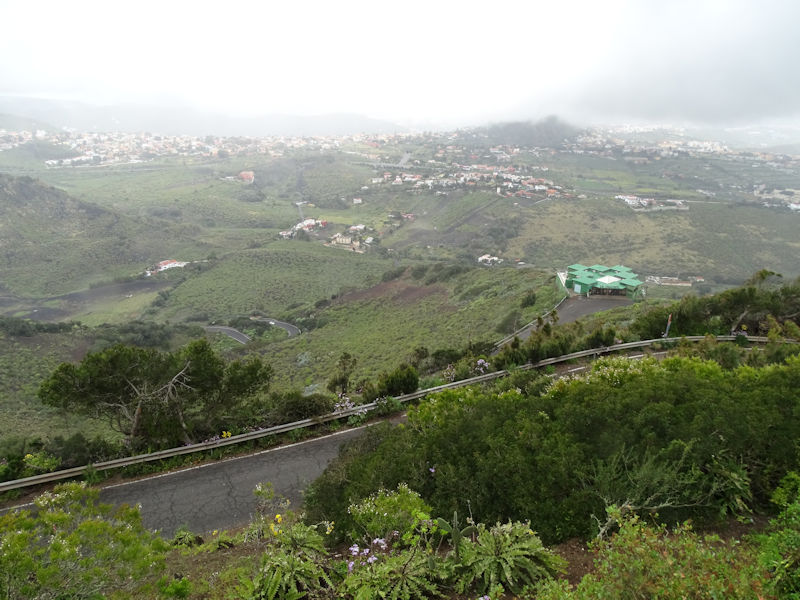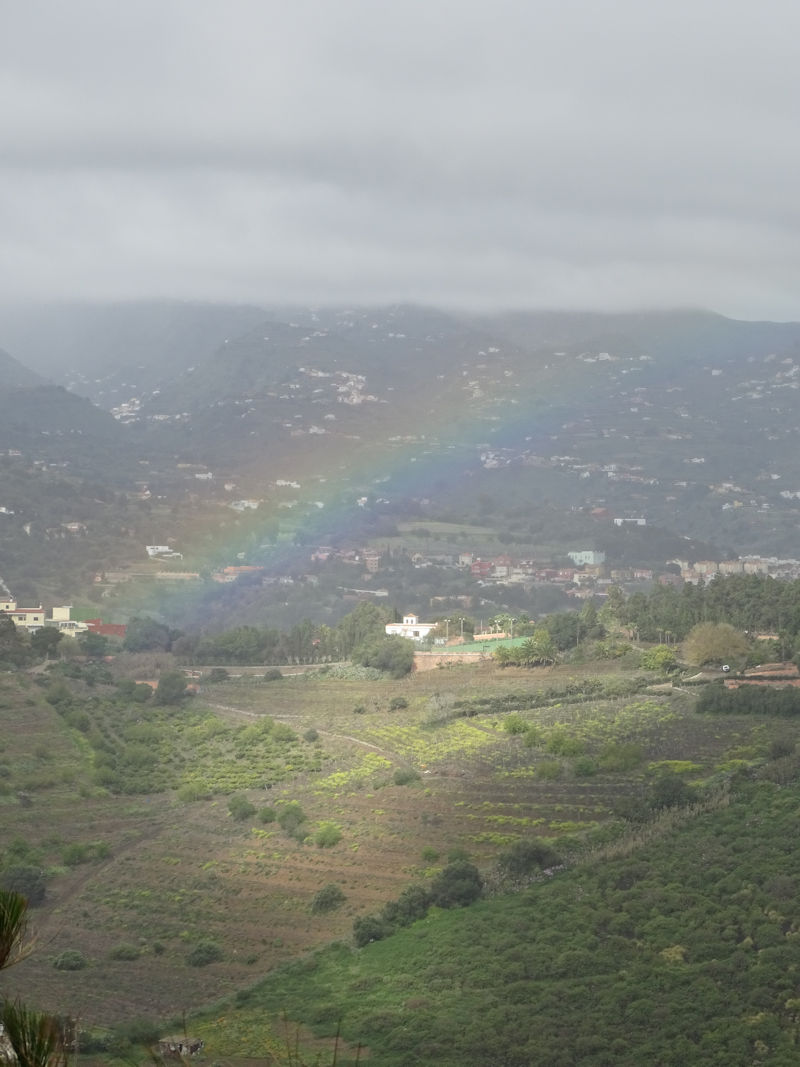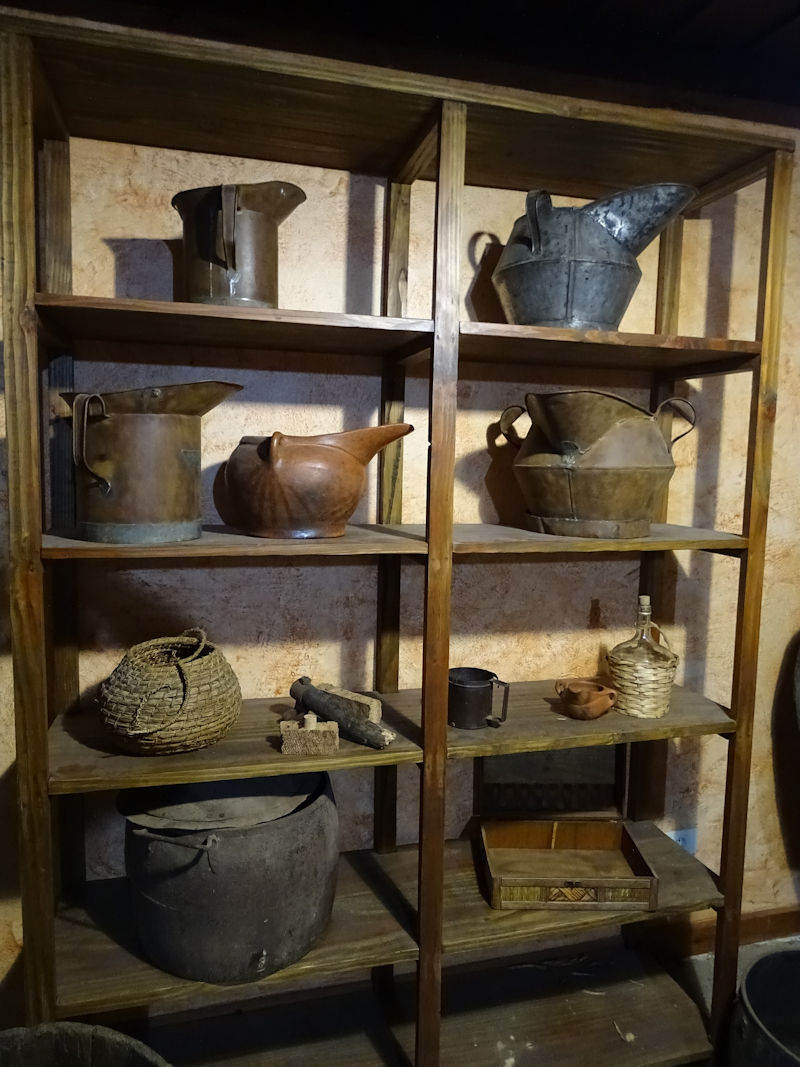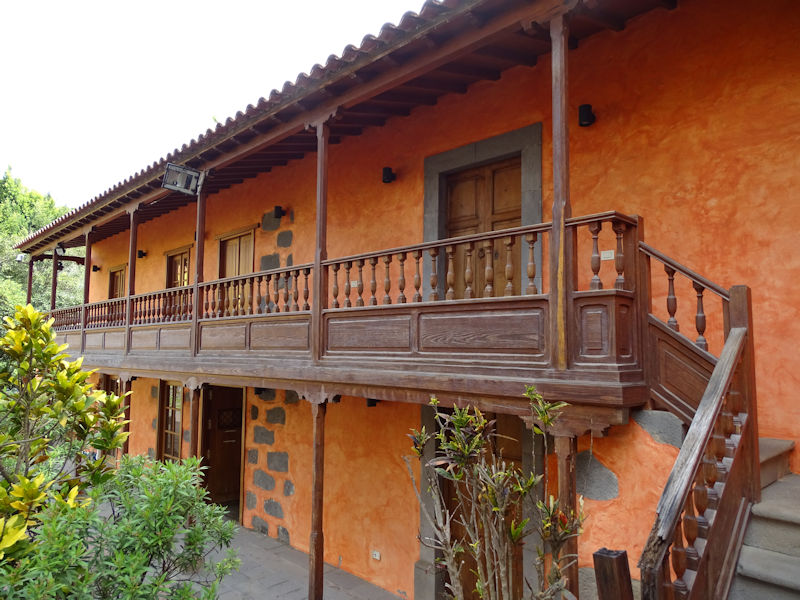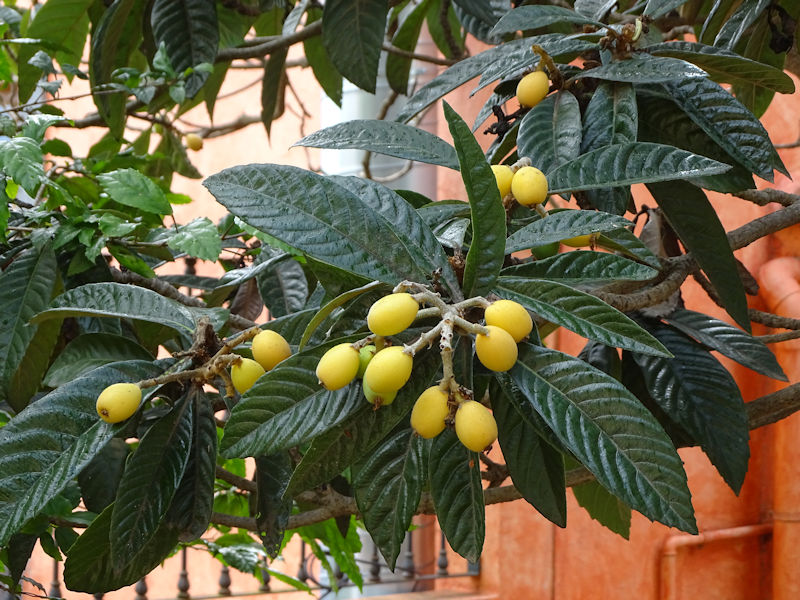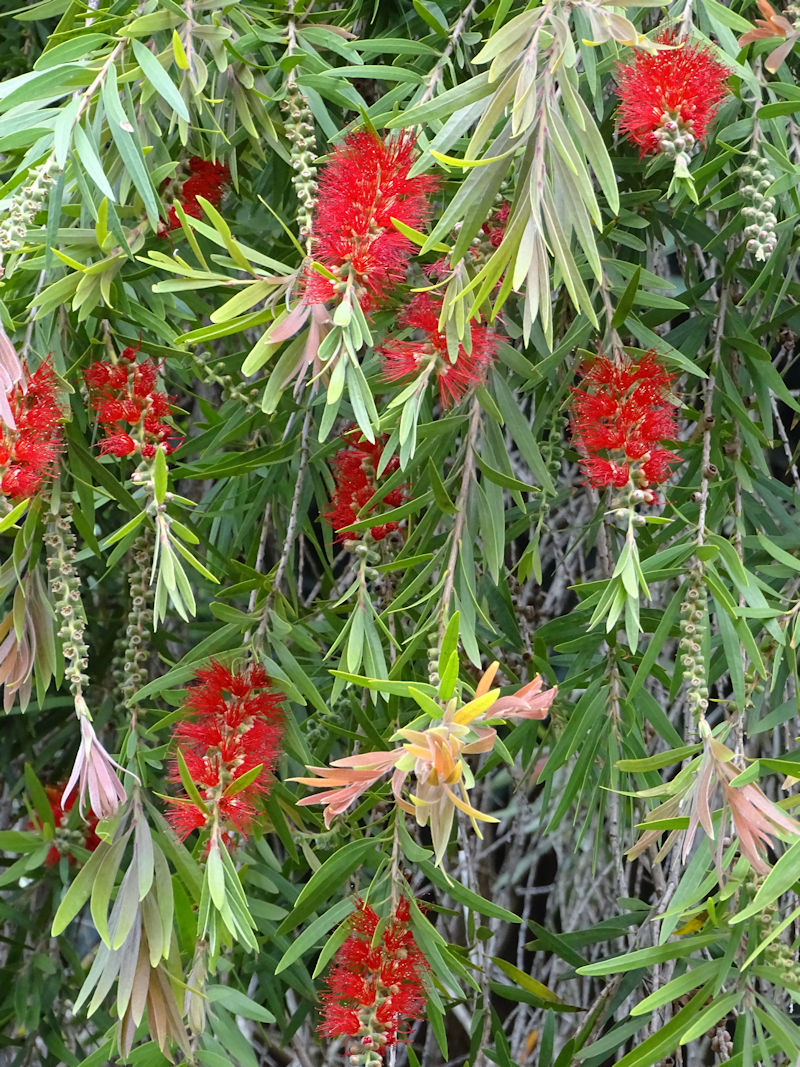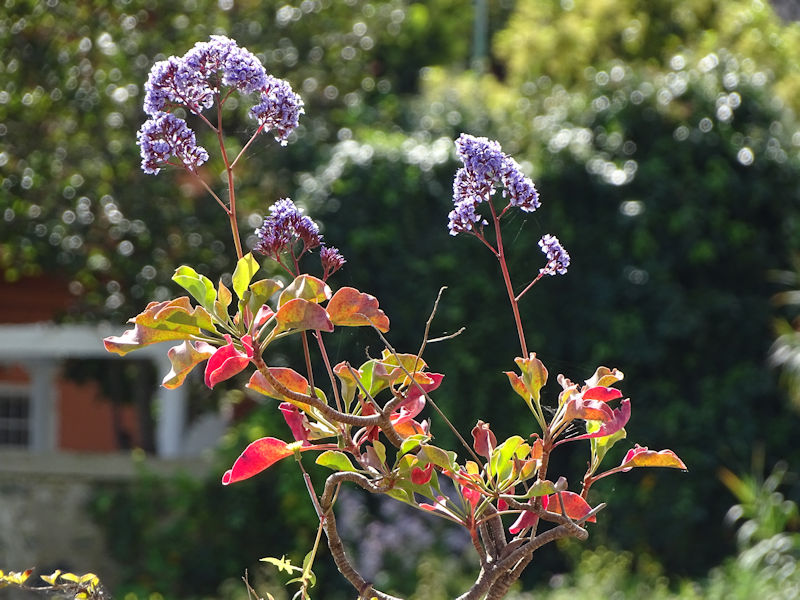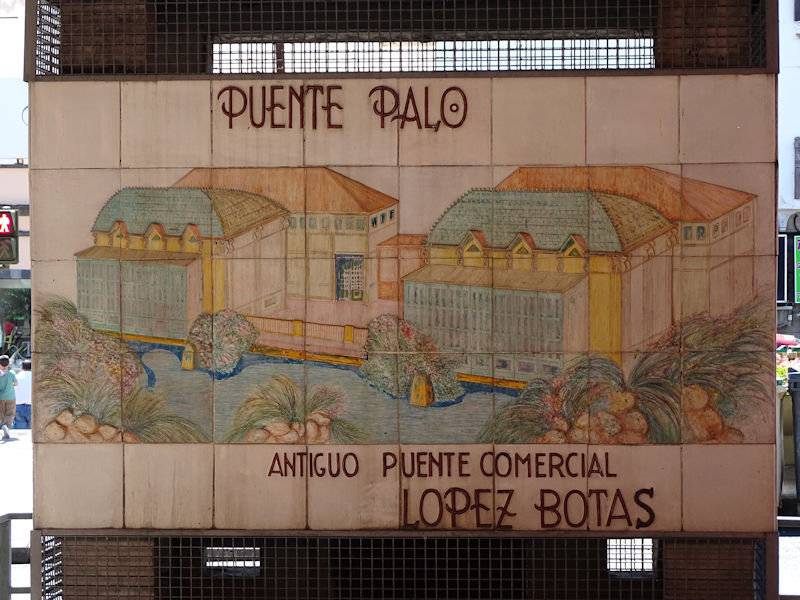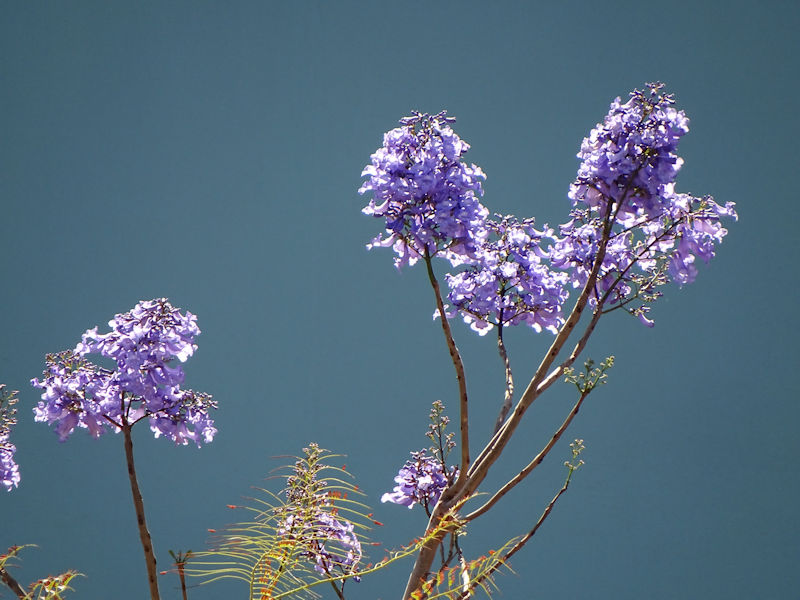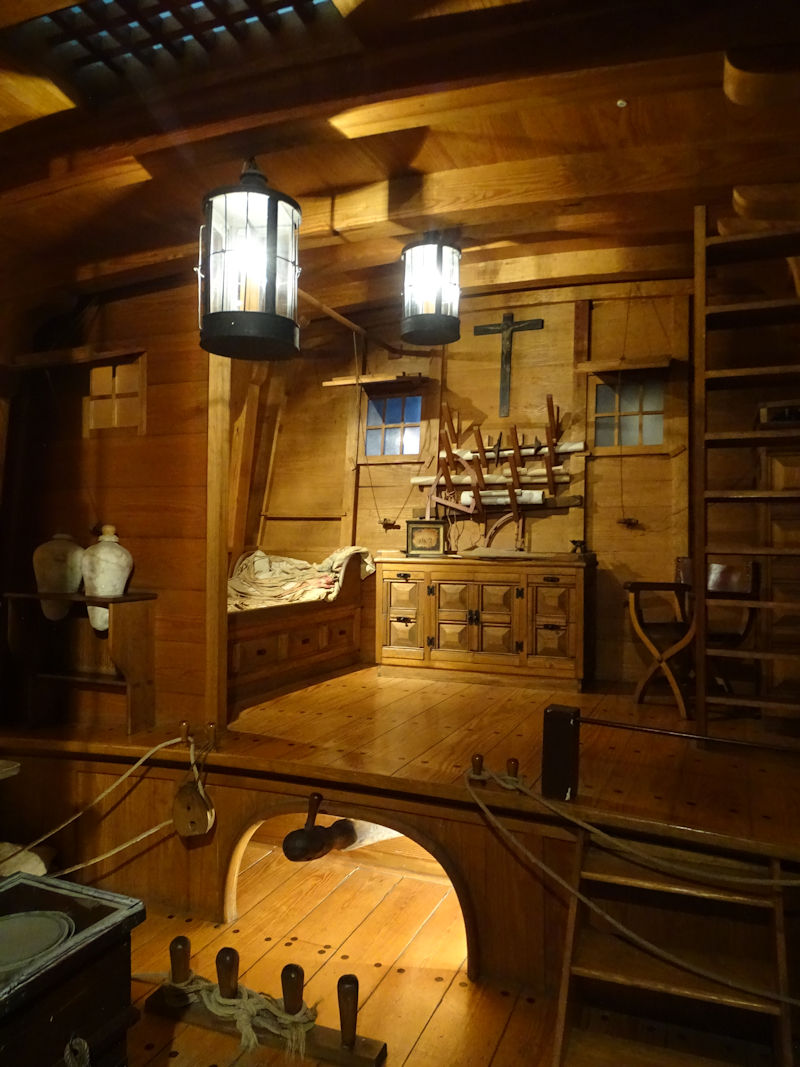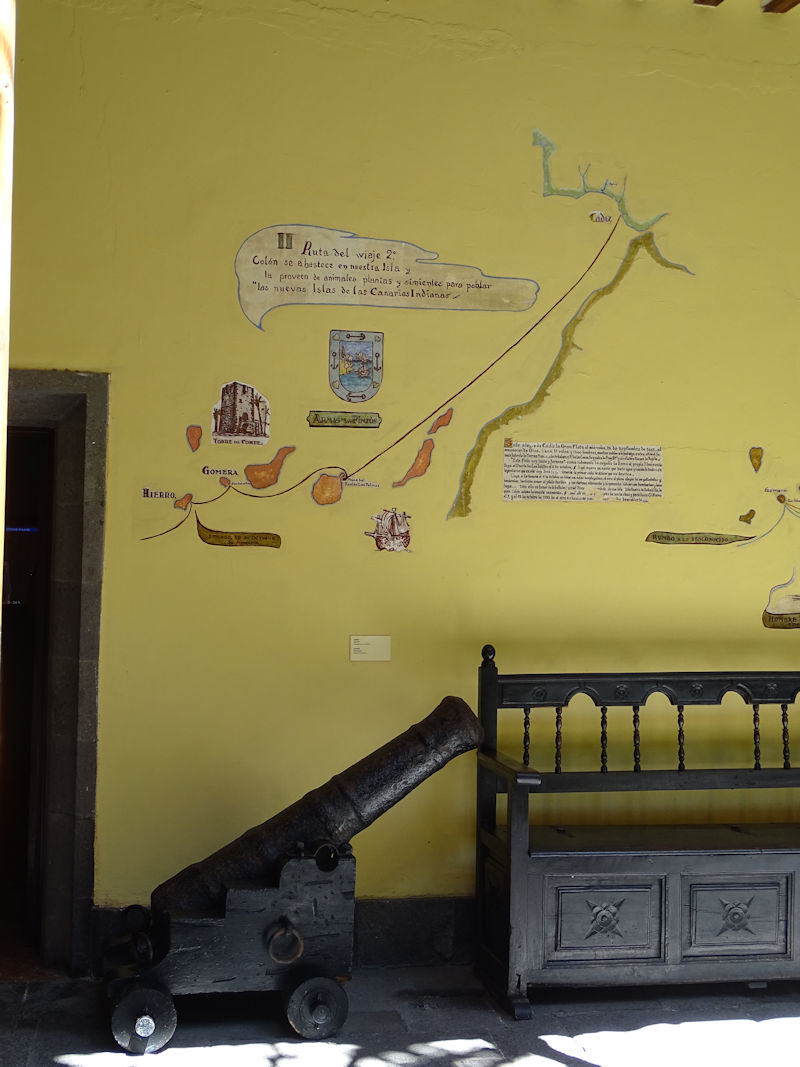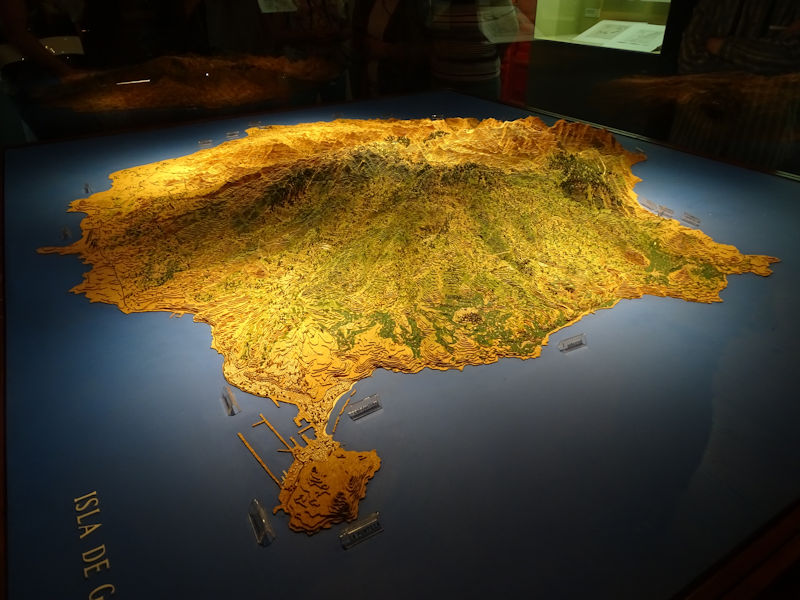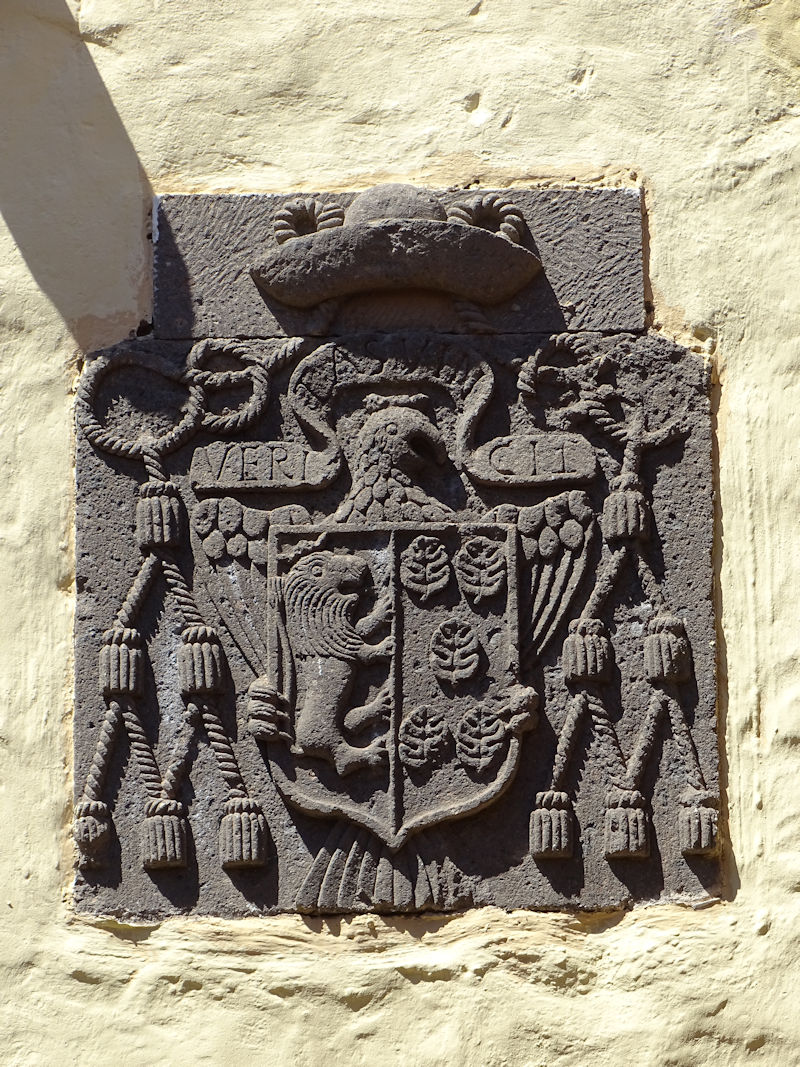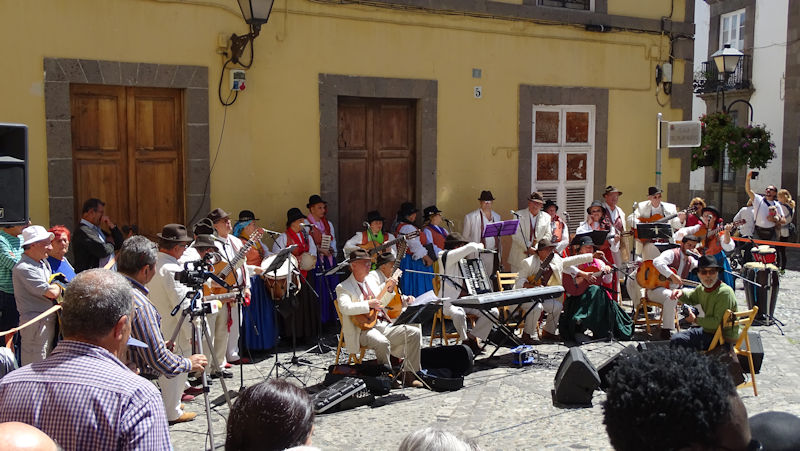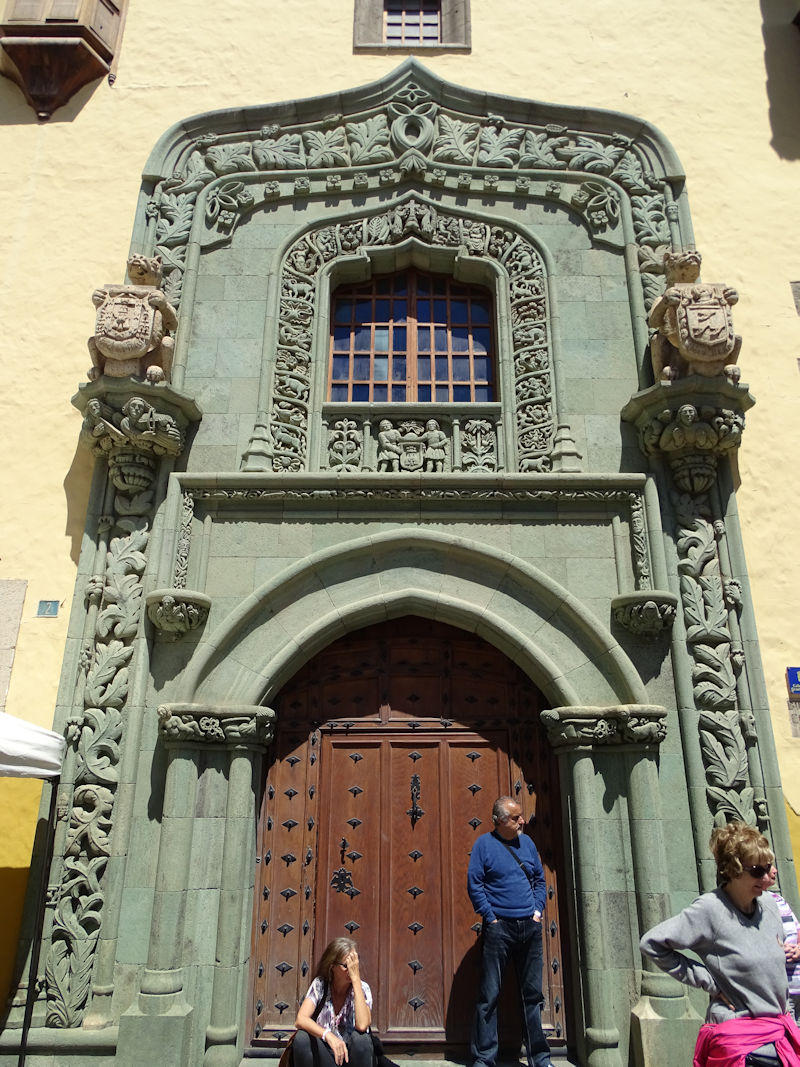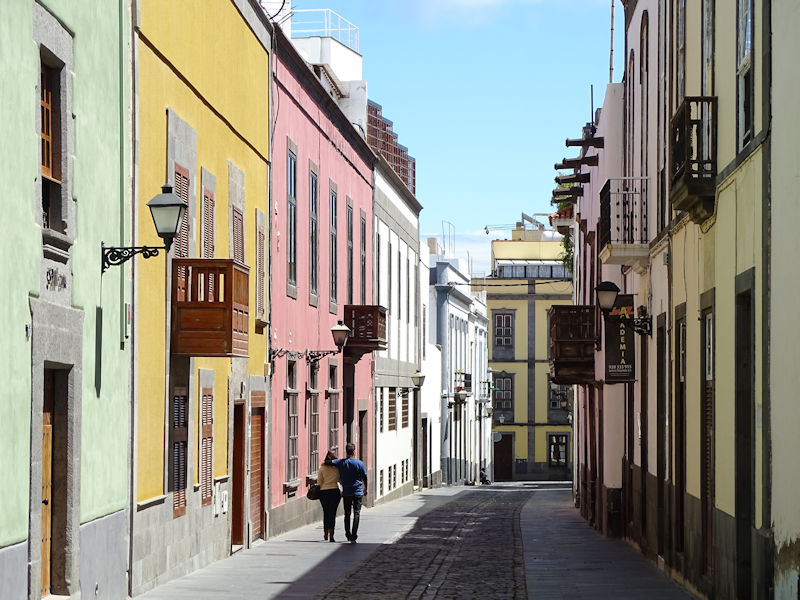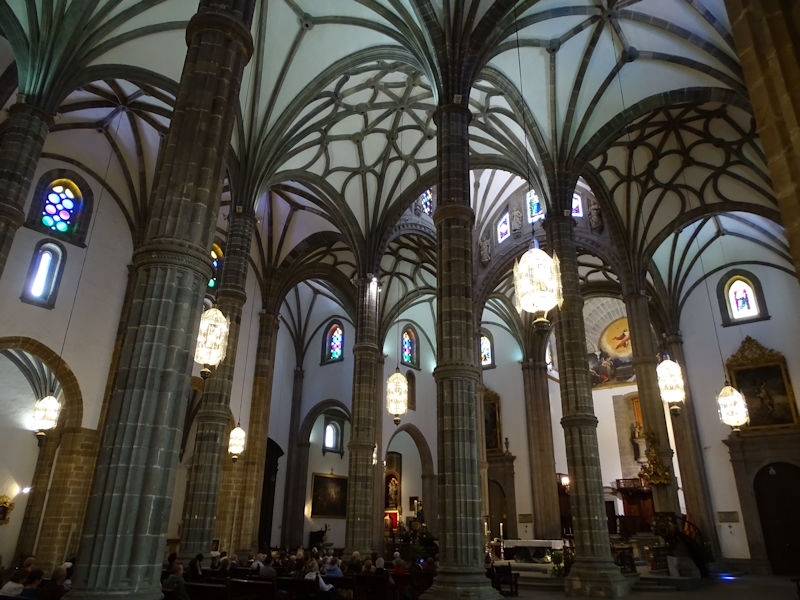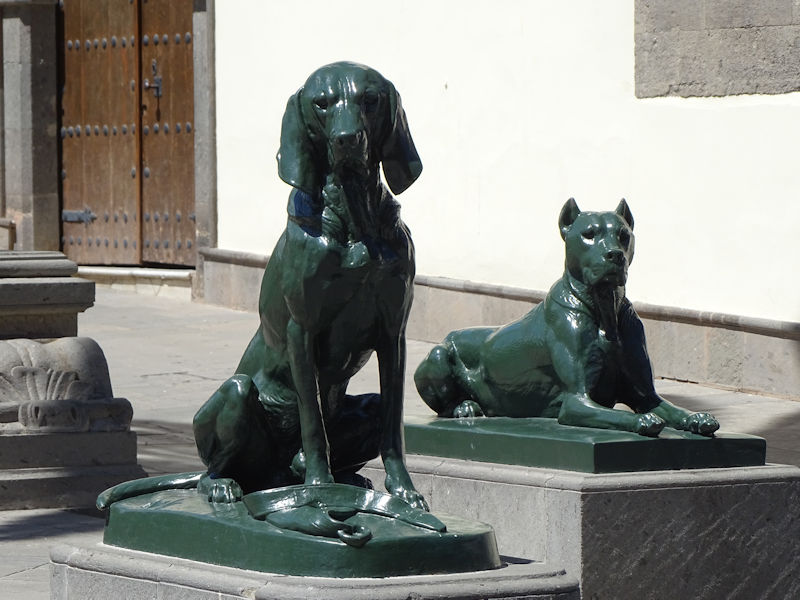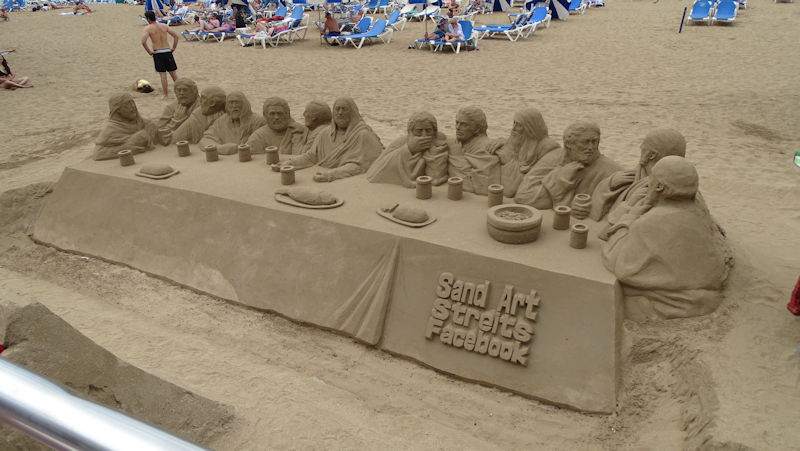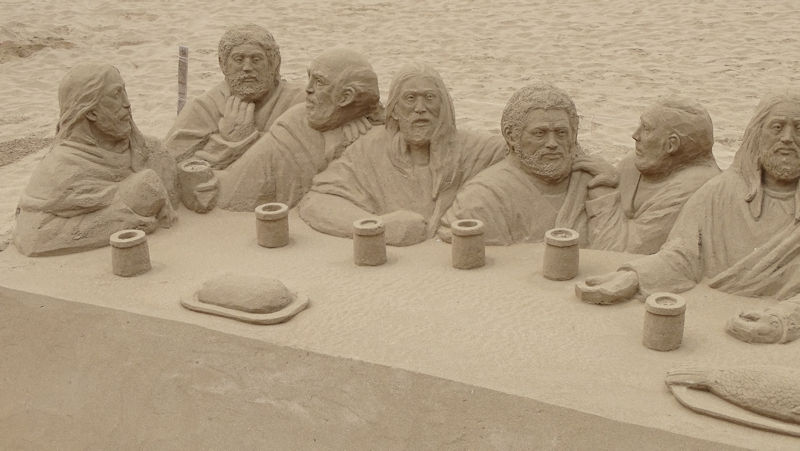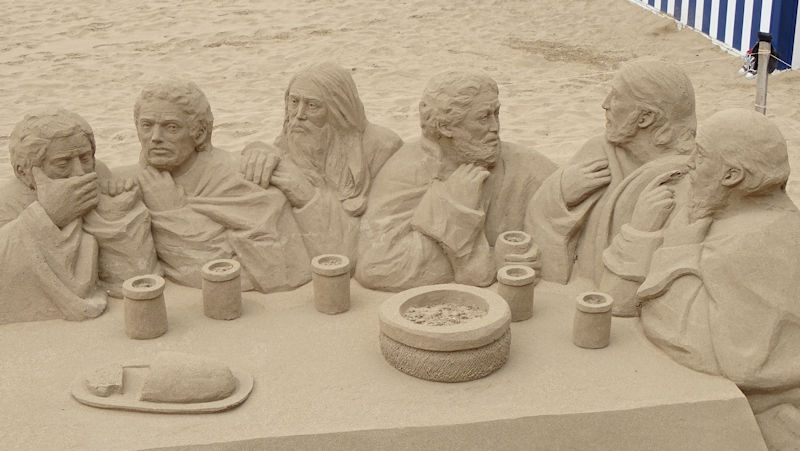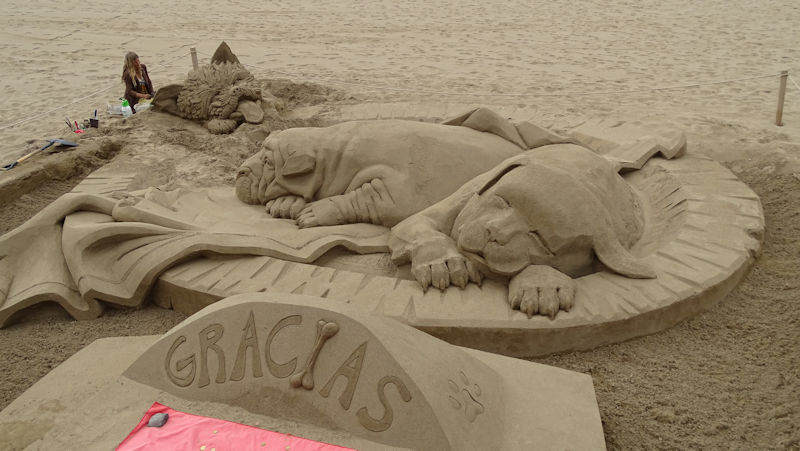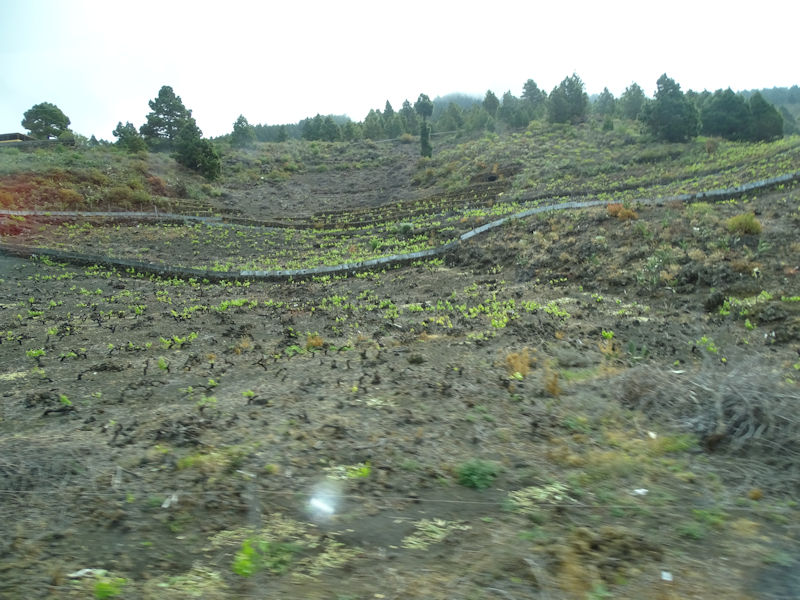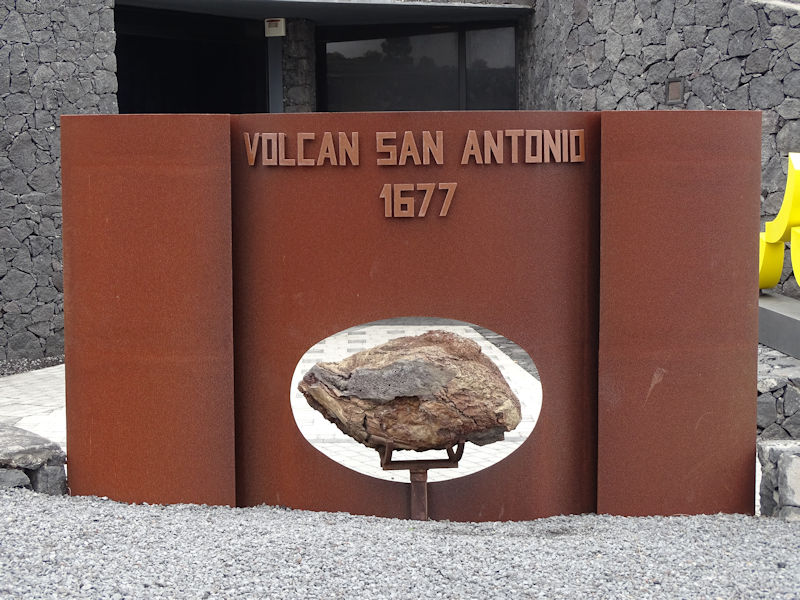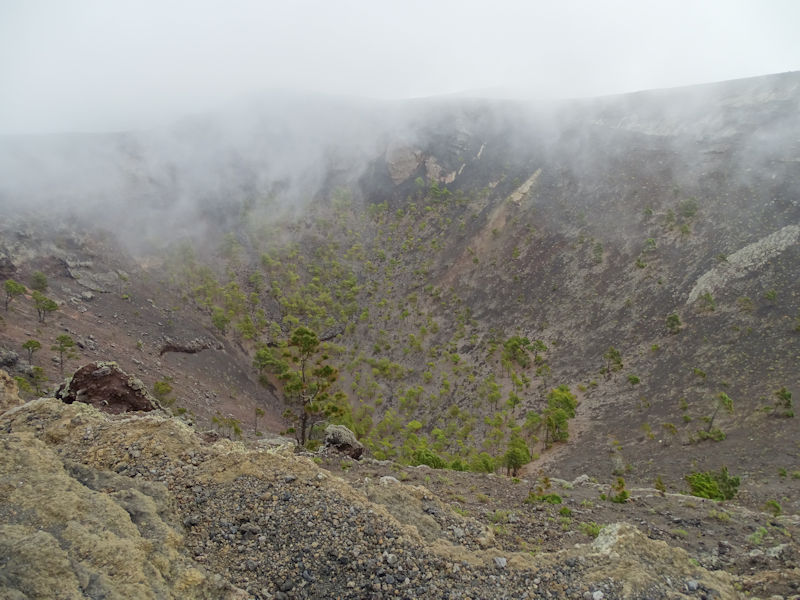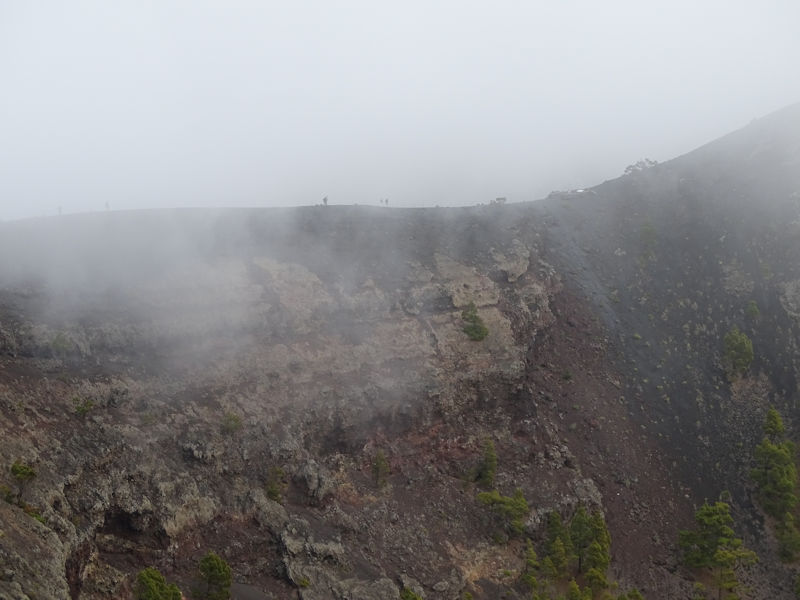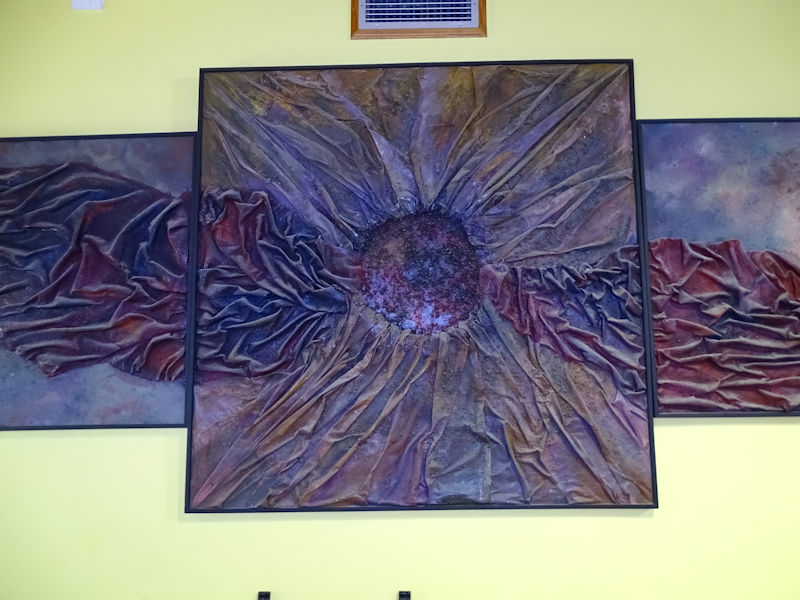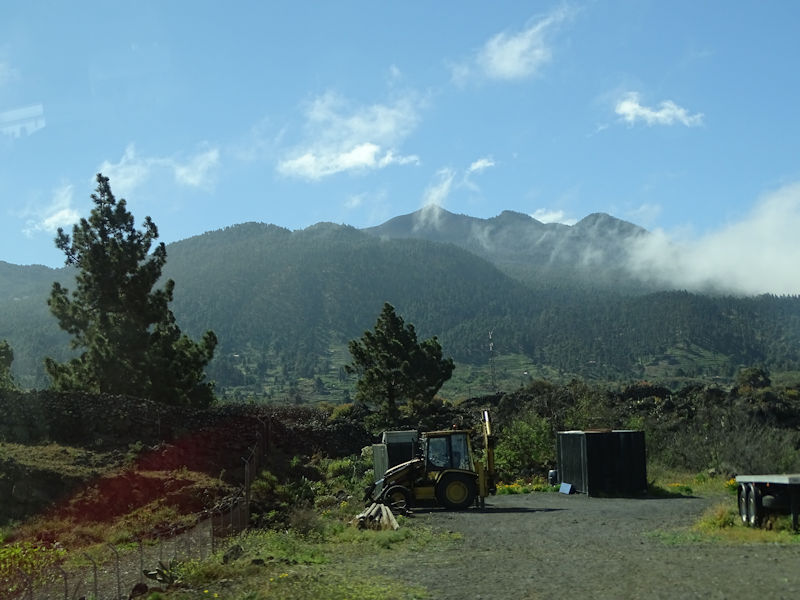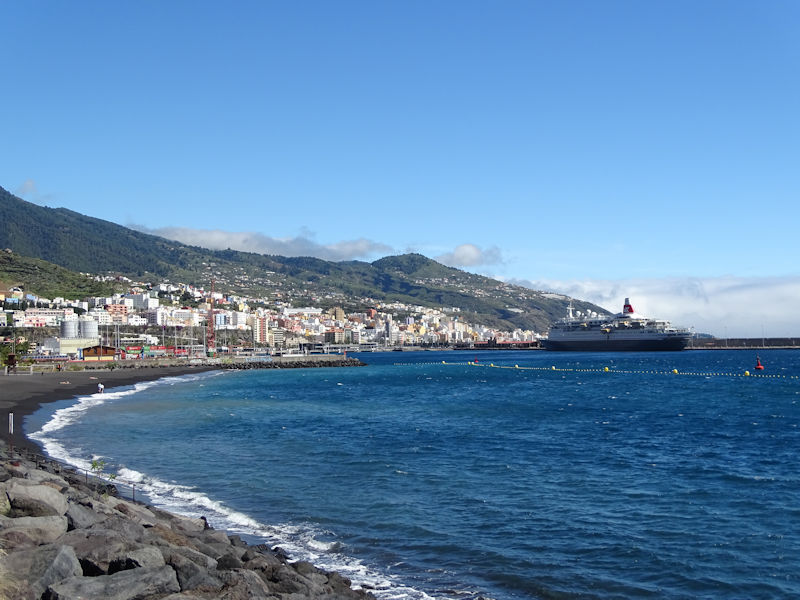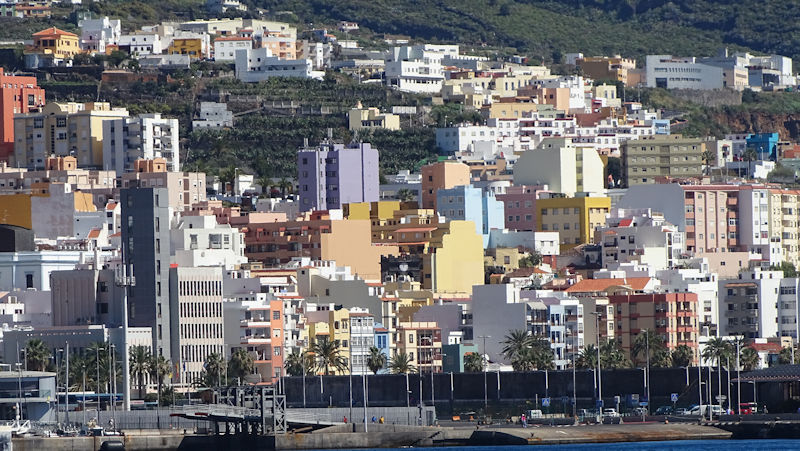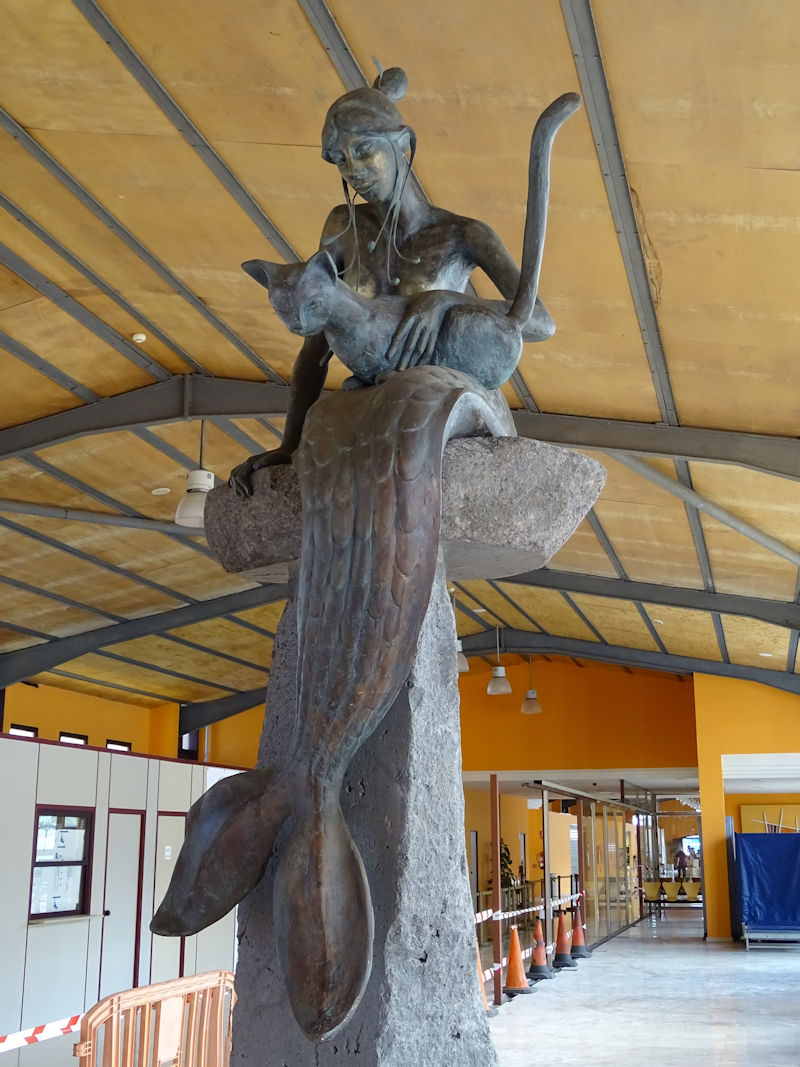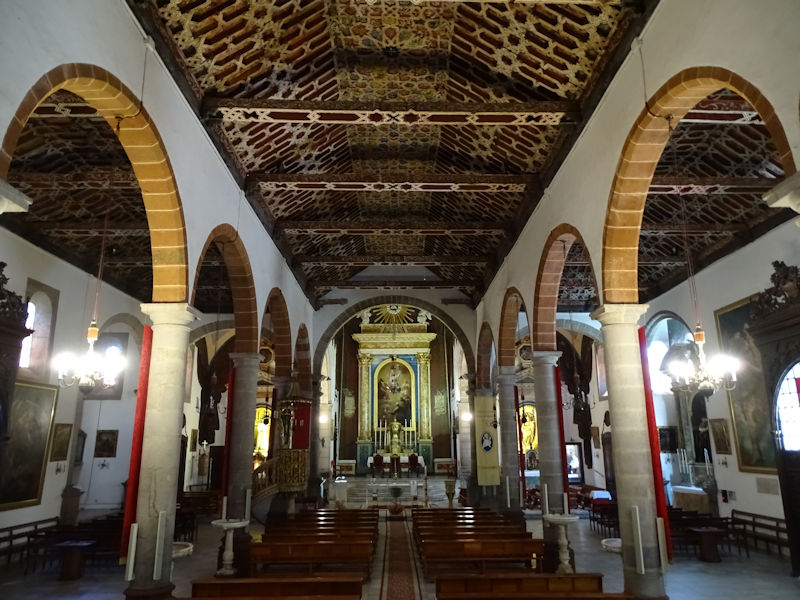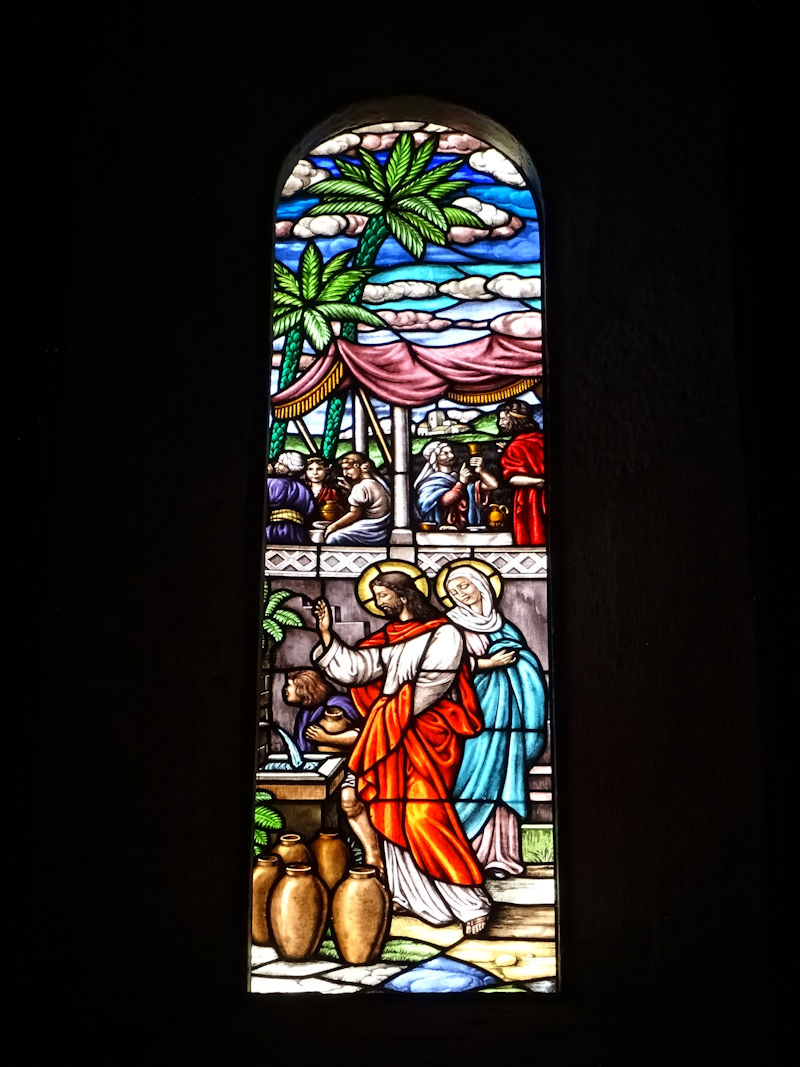Introduction
In my last post, T2330 – Captivating Cape Town, I described our three days spent in Cape Town, South Africa, and explained why we did not go ashore in the remaining five ports on the African mainland.
In this post I will cover our visit to our penultimate port on this epic cruise, Santa Cruz de Tenerife, in the Canary Islands.
Santa Cruz de Tenerife
In our original itinerary, we were due to spend one day in Santa Cruz de Tenerife, a port that both Carol and I know very well from many visits in the past.
When our visit to Cotonou in Benin was cancelled earlier in the cruise, our visits to ports in Togo, Ghana and Senegal were all brought forward one day, and our visit to Santa Cruz de Tenerife was then extended to two days.
When the ship’s tours were released, we looked around for a tour that neither of us had done before, as we wanted something to do other than just walk around the town centre yet again. We selected a six hour tour called Mount Teide Cable Car which, as you might guess, ascends the highest volcano in Spain by cable car – something surprisingly neither of us had done before.
As we sailed north from Dakar towards the Canary Islands, we received notification that the tour had been brought forward to our first day on Tenerife, which incidently was also Valentine’s Day. Not surprisingly for a long tour, it had an early start time of 8am.
Then, the night before we arrived in the island, we received another notification, this time to say that the start time had been put back until 11am, and that therefore a packed lunch would be provided to us.
It was still very dark when we slipped into port just after 7am, and as I expected, we reversed in so that we moored up with our stern facing the town, which meant our balcony was overlooking the pier and the open sea.

Around 10am we were in our cabin waiting for it to be time to check in for our tour, when we heard the familiar ‘bing-bong’ ahead of an announcement. It was Andy Godfrey, our Entertainment Manager, with the news that the tour provider had cancelled our tour due to the strength of the winds on Mount Teide.
So, time for a rethink about how we were going to spend the next two days. We decided for now, just to bring forward what we planned to do on the second morning, which was to have that familiar walk around the town centre – and as things worked out it was a wise decision – but more on that later.
When you walk into town in Santa Cruz de Tenerife, you don’t so much follow the yellow brick road, as follow the blue stripe on the pavement.
At the end of our quay was a lovely old vessel which I could not resist photographing. After a little bit of research done later, I found out that she is a former Correillo Maritimo or maritime mail vessel, which used to sail between the Canary Islands and Spanish West Africa. She was built in Middlesbrough in the UK way back in 1912, and originally ran on steam, but she was converted to oil around 1951.
We continued our walk in lovely sunshine, past the harbour and into the town centre, where we wandered for a while, without finding any shops to interest us. That evening marked the end of the carnival season, and things of interest like parks and statues were all fenced off or covered in protective plastic, which also very much limited any photography.
Walking in a sort of circle, we made our way back to the ‘blue line’ route to our ship.
Safely back on the ship, after a lovely lunch we settled down in our cabin for a restful afternoon – or so we thought.
Over the previous week or so, there have been quite a lot of gastroenteritis cases on board – enough for the ship to be in code red restrictions – buffets served by crew, manned public toilets etc etc. That morning, the Captain had finally announced that the number of new cases had dropped so low that we could switch to the lesser code yellow restrictions, a relief all round.
Alas, suddenly that afternoon there was a new case – and unfortunately for us it was Carol. A nurse came with medication, and as expected, told Carol she was confined to our cabin for at least the next 24 hours. As I was symptom free, I was not confined, but we would be going nowhere else in Tenerife for sure.
As I said earlier, it was Valentines Day, but sadly we could not share the lovely meal in the dining room that evening. While I enjoyed it the best I could without her, she struggled with a dry chicken breast and dry rice – such bad timing for her.
Earlier we had been given an information sheet all about the carnival and the celebrations that evening. Apparently the carnival in Santa Cruz de Tenerife is the second largest in the world. The final event was the Burial of the Sardine, when participants come dressed as the ‘widows’ of the sardine, wearing black clothes to ‘mourn’ a giant papier mâché sardine as it is carried through the streets on a special float. The event marks the ‘death’ of the carnival, and culminates in the burning of the float and a big firework display.
The procession was not due to start until 10pm, already past our bedtimes, and the days we would want to stay up amongst huge crowds into the wee small hours are long gone – even if Carol had been allowed out. Also ignoring the party on our aft deck, we retired to our bed, only to be awoken at around 1:30am by the louds bangs of the firework display. I looked out from our balcony, but nothing could be seen from our side of the ship.
Postscript
When I pulled back the curtains this morning the sun was just rising on another lovely day.
As I write this on our second day in port, I am pleased to report that Carol is a lot better, albeit rather tired. We are content to spent our enforced day in our lovely suite, keeping our fingers crossed that she will be released from confinement later this afternoon, ready for our final port of call, Funchal in Madeira, tomorrow. Our day there, whether or not we can get off the ship, will be the subject of what will be a rather poignant final post in this blog.

